A Look Inside Queen Elizabeth’s 6 Homes
When Queen Elizabeth II died today at the age of 96, the fact that she departed from this world at Balmoral Castle was fitting. The private property in northern Scotland was a place where she could always retreat from public life, relax with the royal family, and ramble the misty countryside. But Balmoral is just one of six residences the Queen called home during her seven-decade reign, each one replete with royal history, architectural significance, and political heft. These buildings—some, like Buckingham Palace, owned by the Crown; others, like Balmoral, privately owned retreats—are not only physical reminders of her life of service to the United Kingdom, but also enduring symbols of kings and queens to come. Read on for more about the stately residences the Queen called home over the course of her long life.
Buckingham Palace
London, England
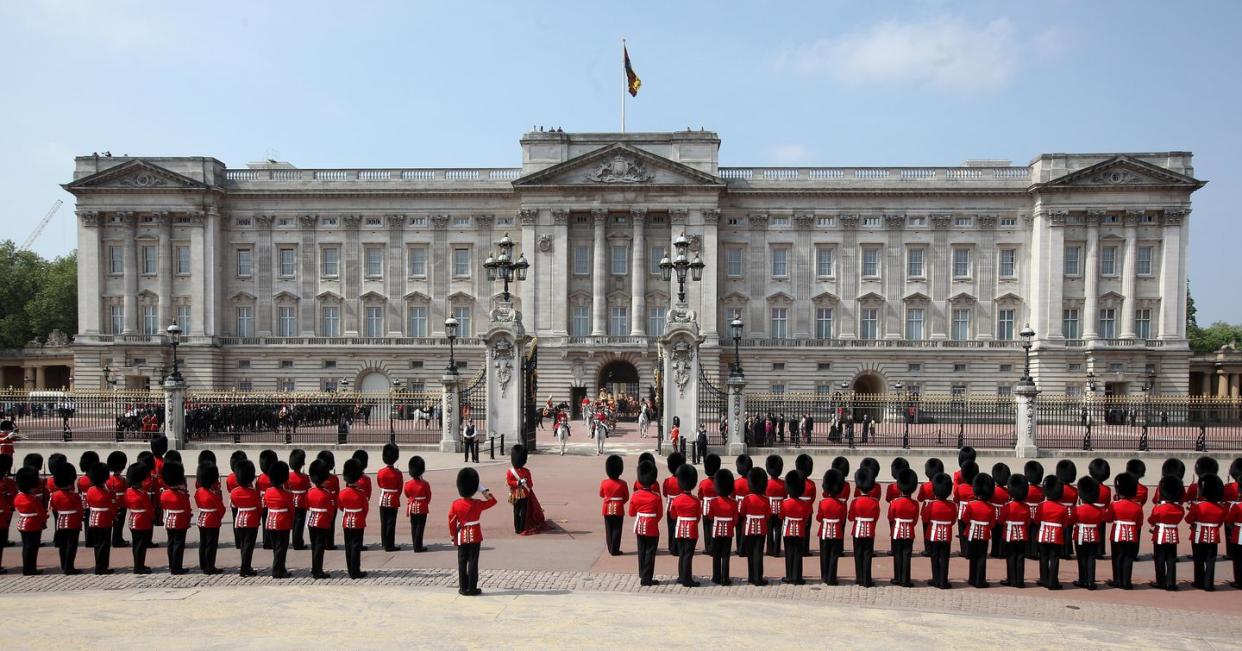
Of all of the Queen’s residences, none is as iconic as Buckingham Palace. The home’s history can be traced back to the 17th century, when it first served as a mulberry plantation and, later, the home of the Duke of Buckingham. But the palace in its current Neoclassical U-shaped form did not become a reality until the reign of George IV, when architect John Nash and, later, architects Edward Blore and James Pennethorne, were commissioned to enlarge the existing structure on the site. Queen Elizabeth moved into the palace’s royal residences after her father ascended to the throne in 1936.
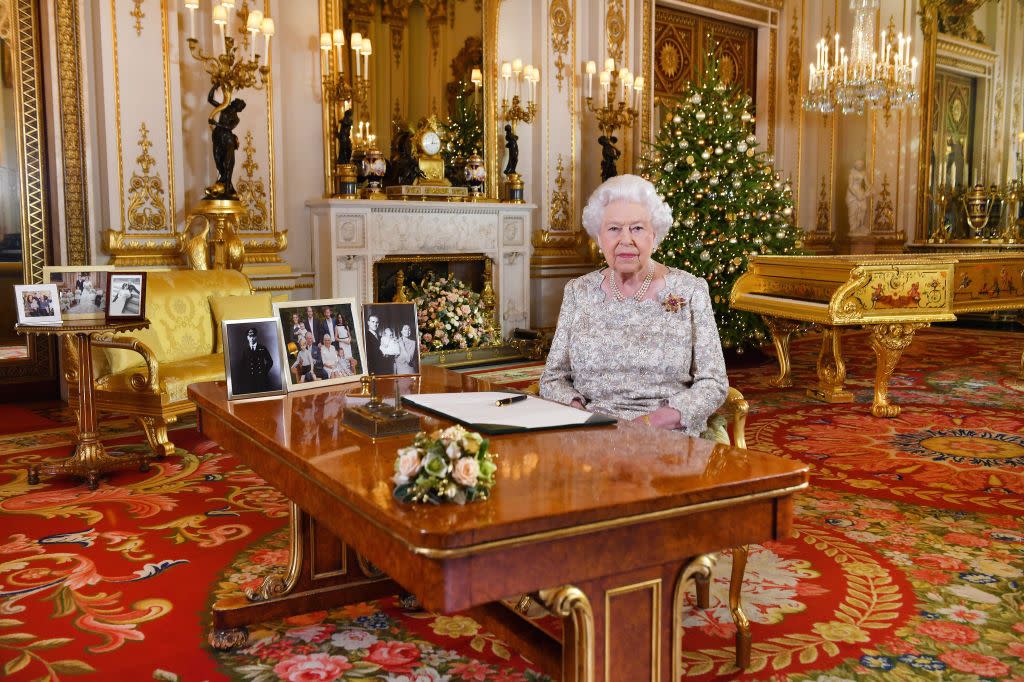
The palace has 775 rooms, including 19 grand State Rooms for royal ceremonies and for hosting heads of state. Buckingham Palace’s balcony famously hosts the Royal Family on occasions like birthdays, weddings, and the annual Trooping of the Colour.
Windsor Castle
Windsor, England
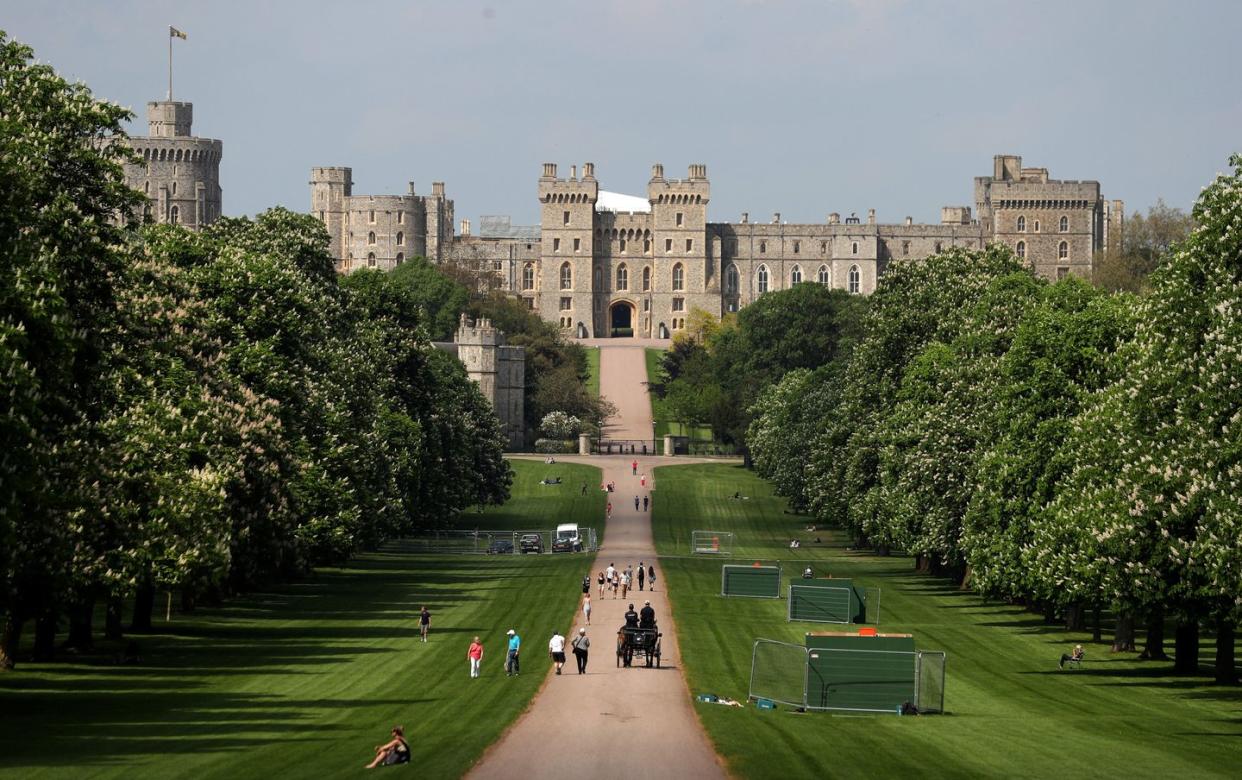
Windsor Castle, to the west of London, has more than 1,000 years of history under its belt, making it the world’s oldest and largest continuously inhabited castle. The regal turreted edifice, which boasts some 1,000 rooms, has been the home to 39 kings and queens over its many years.
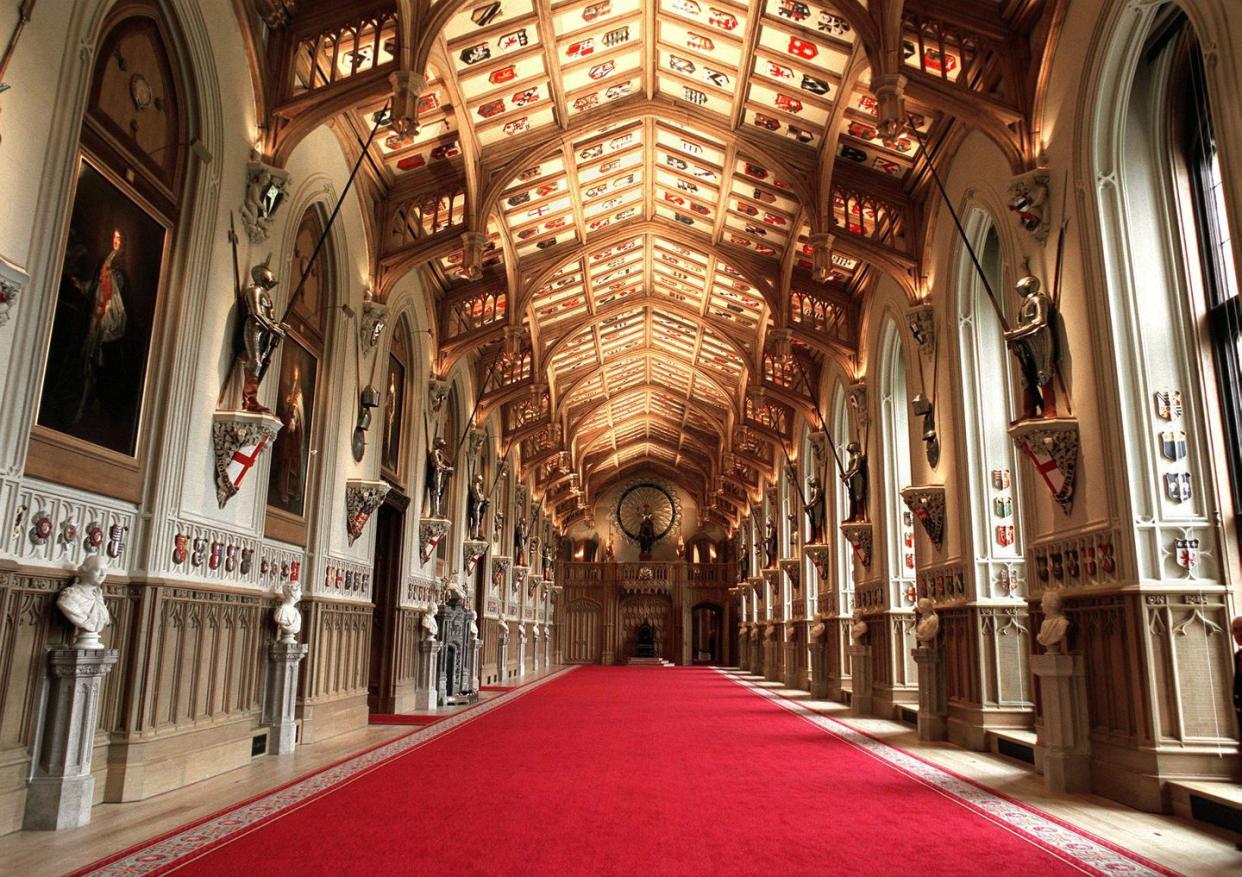
The Queen and her sister, Margaret, first used Windsor Castle as a refuge during World War II; later in life, the Queen used it as a weekend retreat. A fire in 1992 destroyed parts of the castle, but a meticulous restoration helmed by Prince Philip returned the building to its former glory. Elizabeth’s beloved residence will also be the site of her final resting place: She will be buried alongside her parents, sister, and her husband at St. George’s Chapel on the property.
Balmoral Castle
Aberdeenshire, Scotland
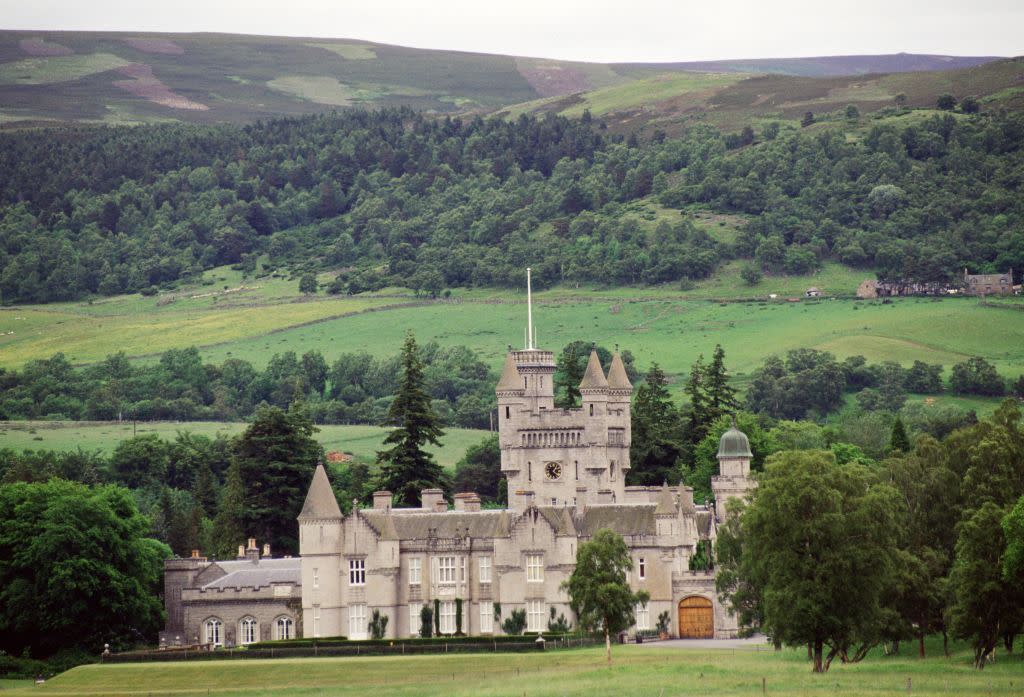
If Buckingham Palace and Windsor Castle were spots for official business, Balmoral was the place where the Queen could relax. The turreted country house, which sits on 50,000 wooded acres, is privately owned, meaning that it is a place where royals can ramble about the countryside, hunt, and, on the whole, live life outside the public eye.
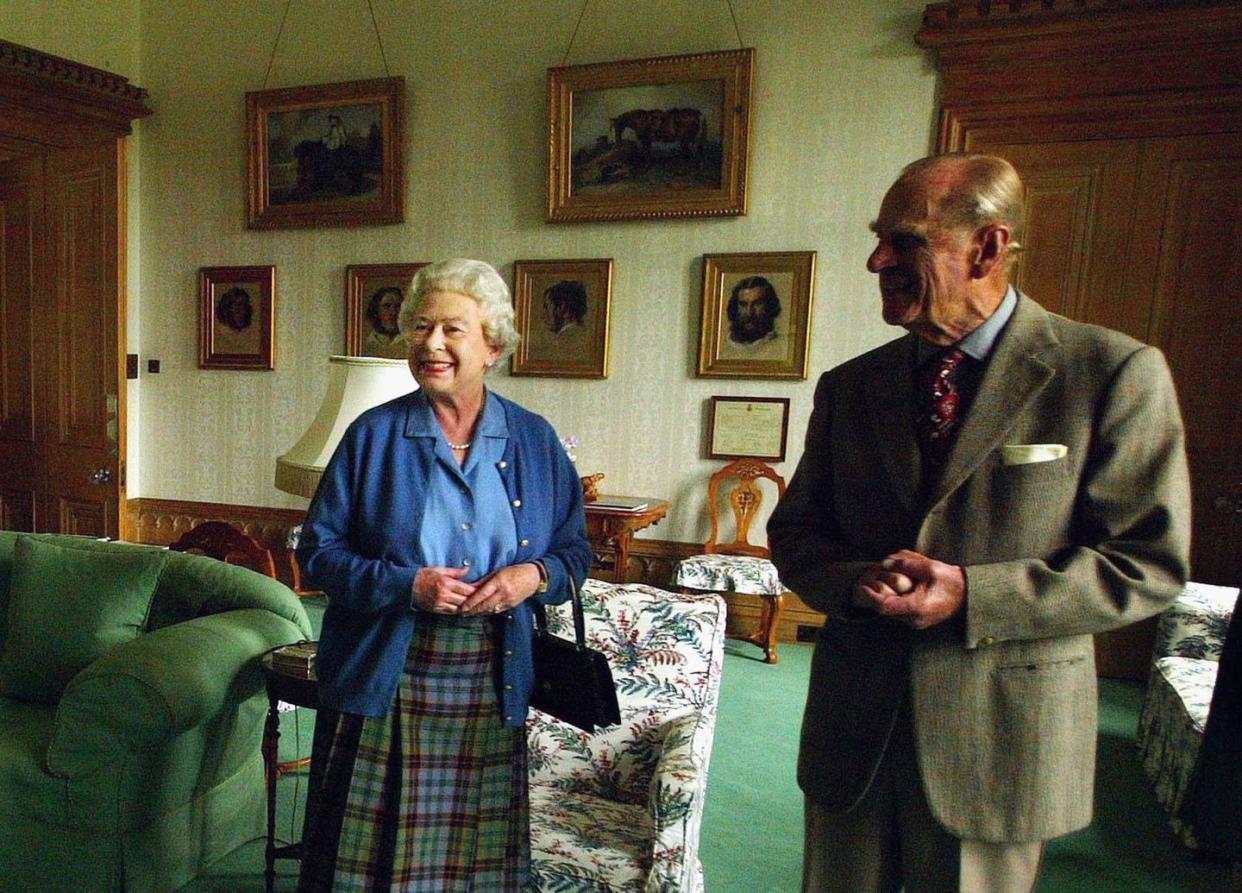
Queen Victoria and Prince Albert acquired the property in 1848 and built the existing home on the site, where Queen Elizabeth would later spend many a happy summer. According to palace officials, she passed away peacefully at home here.
Holyrood Palace
Edinburgh, Scotland
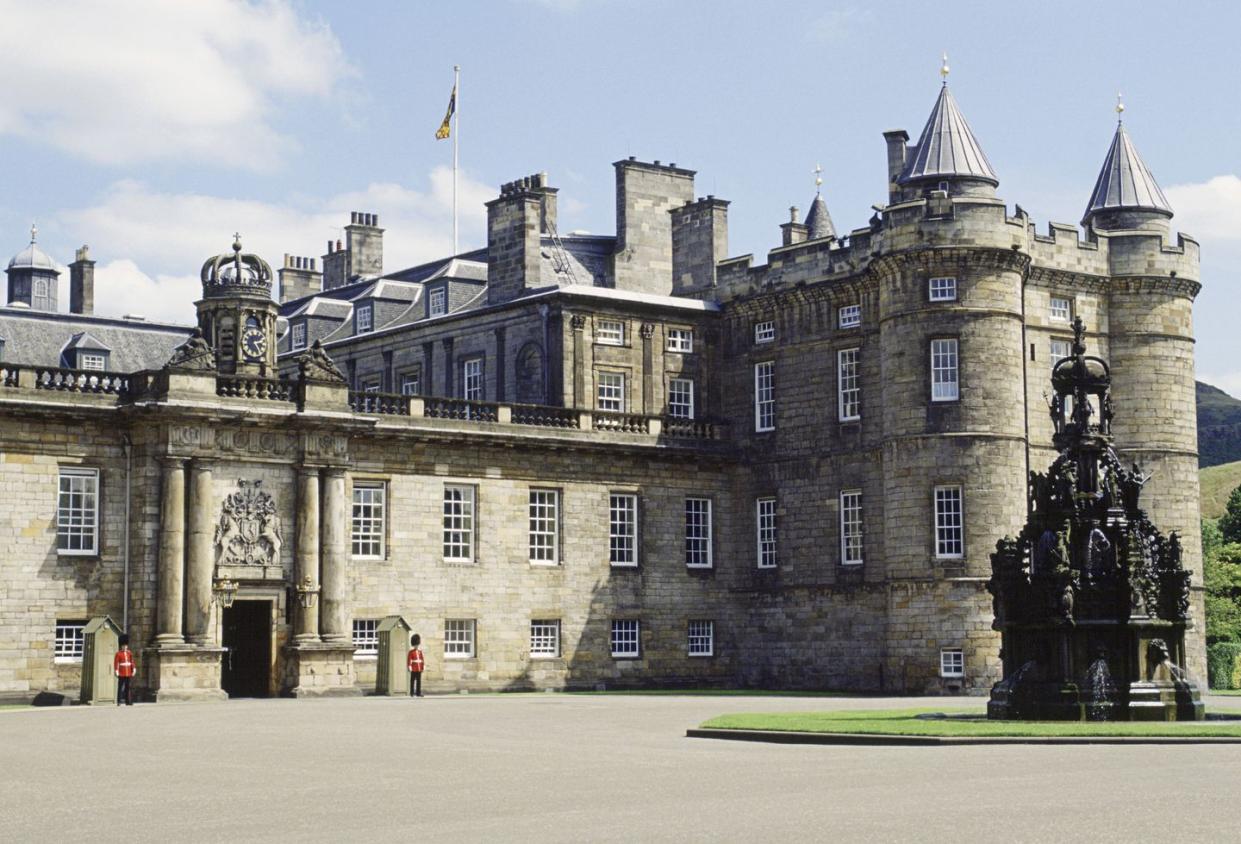
Before this sprawling estate at the end of Edinburgh’s famous Royal Mile hosted a palace, it was the site of an abbey. According to legend, King David I of Scotland had a vision of a stag with a cross between its antlers on the site in 1128. He built the abbey on the site and dubbed it “Holy Rood,” or “Holy Cross.” James IV built a palace on the site some four centuries later, but the palace visitors see today—designed in the classical style by William Bruce—wasn’t completed until the late 17th century.
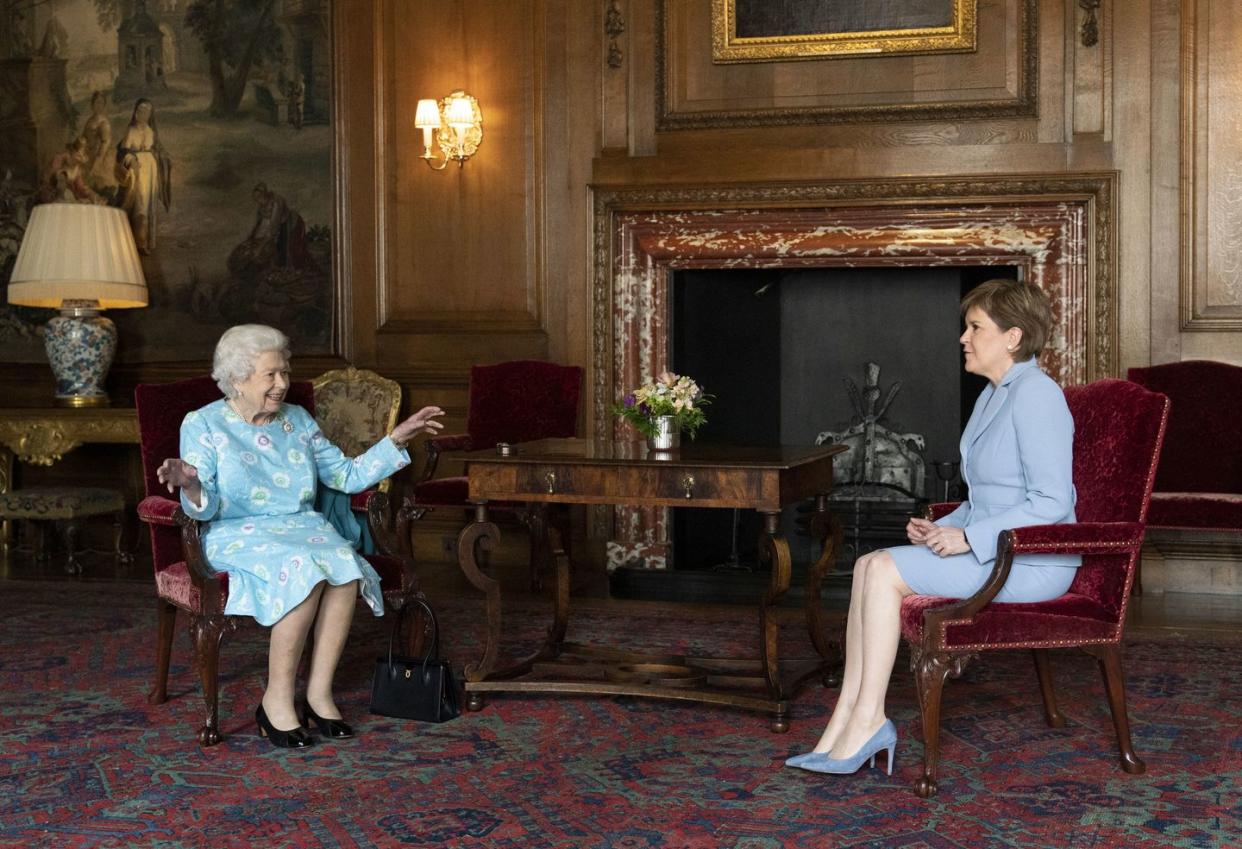
Today, the 289-room palace serves as the official royal residence in Scotland, where Queen Elizabeth hosted international dignitaries as well as local leaders as part of her much-anticipated annual summer garden parties.
Sandringham Estate
Norfolk, England
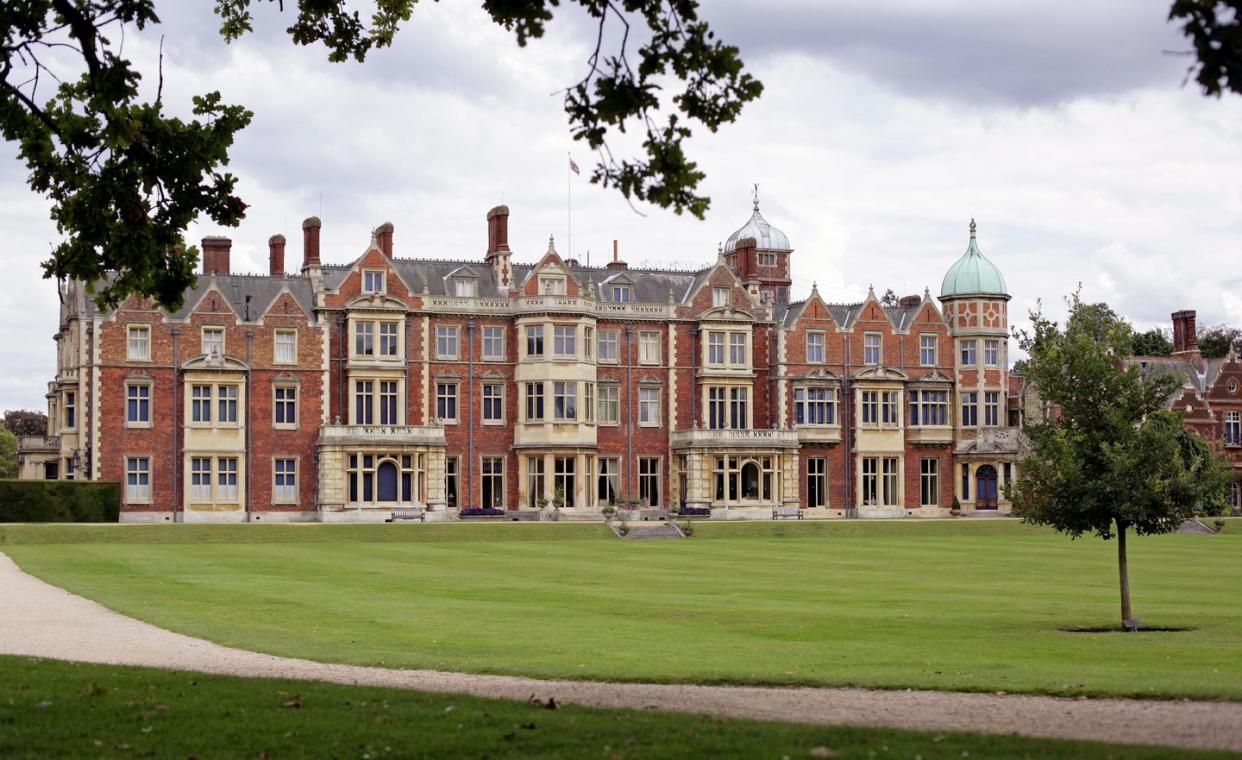
Like Balmoral, Sandringham Estate was the Queen’s private property. Also like Balmoral, it was a place of personal significance to her—Elizabeth’s father, George V, called it “the place I love better than anywhere else in the world” and would eventually die there on February 6, 1952. Ever since, the Queen stayed at the house to commemorate the anniversary of her father’s death and her own ascension to the throne; she would also spend Christmas at this 20,000-acre estate, and it is where the Queen’s corgis have been laid to rest.
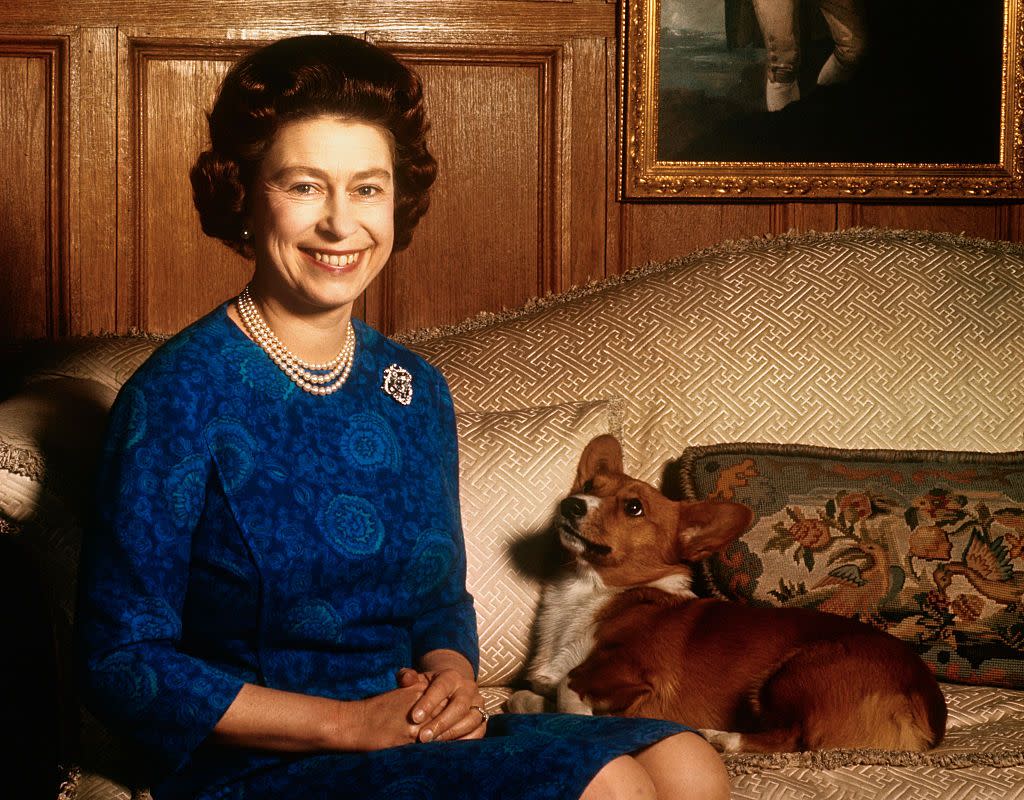
Houses on the site can be traced back to the Elizabethan era, but it was Edward VII (the son of Queen Albert and Victoria) who was responsible for the present-day building. The original hall was dubbed too small and was demolished, replaced by a much larger structure by A. J. Humbert, with yet another wing added on by Colonel R.W. Edis a decade later.
Hillsborough Castle
Hillsborough, Northern Ireland
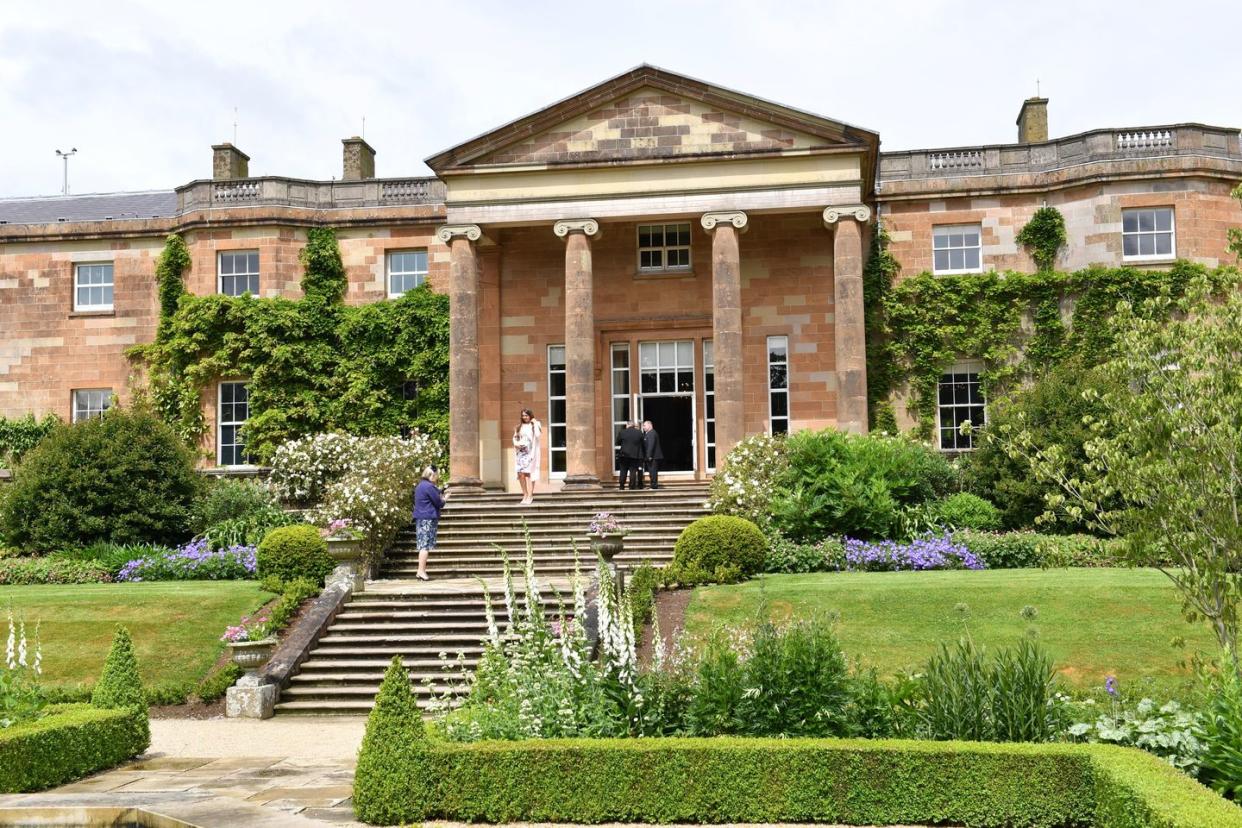
This sprawling 18th-century home is the official home of Northern Ireland’s secretary of state, but it does double duty as the official residence for the royal family during official visits. Contrary to its name, the home is not a castle but rather a country house or “Big House.” (According to Hillsborough’s website, it was common practice for the upper Anglo-Irish classes to call their homes “castles” to flaunt their aristocracy).
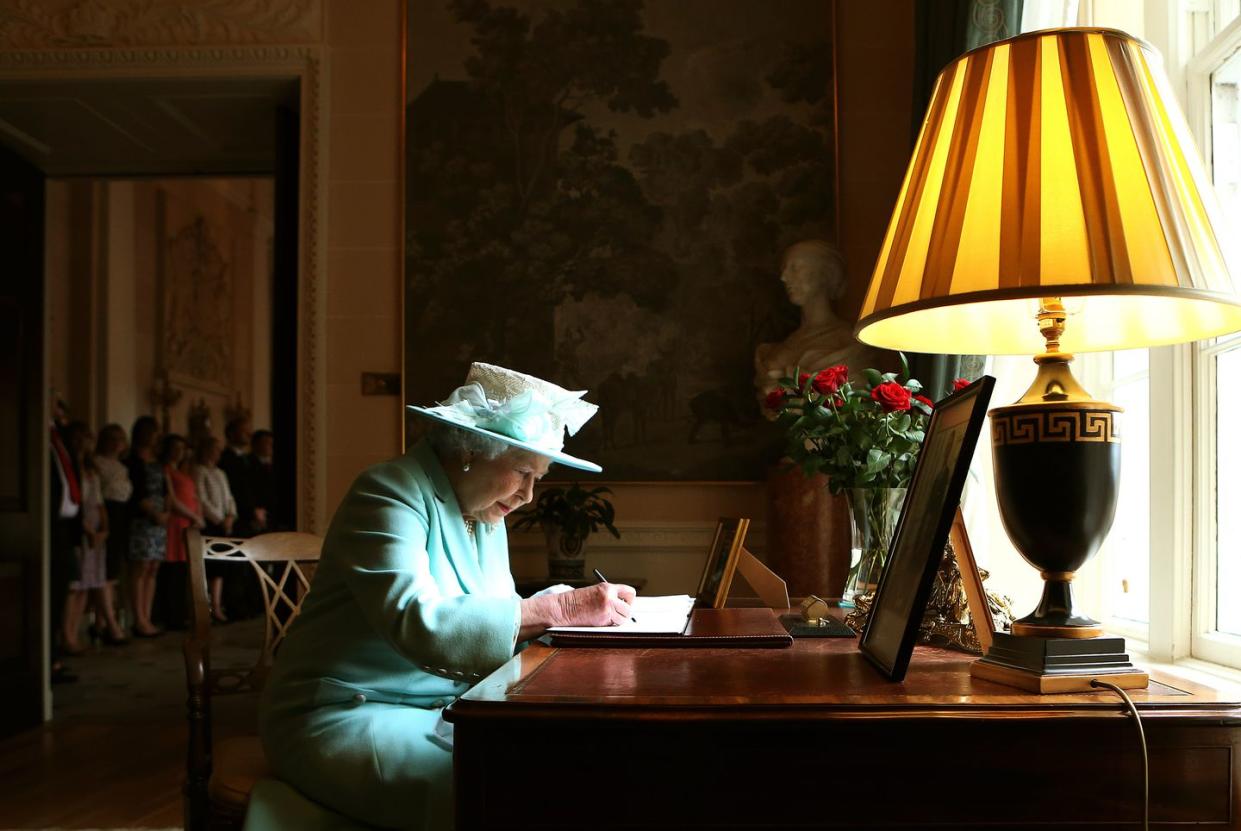
A visit from Princess Alice (Queen Victoria’s granddaughter) established the connection with the British royals in 1933; Elizabeth stayed at Hillsborough in 1946 during her first official visit to Northern Ireland. Later significant stops included in 1953 for a special coronation banquette (where she wore a tiara owned by Queen Mary and celebrated with strawberries and meringue), a stopover via helicopter during the Troubles in 1977, and a historic meeting with Irish president Mary McAleese in December 2005.
You Might Also Like
